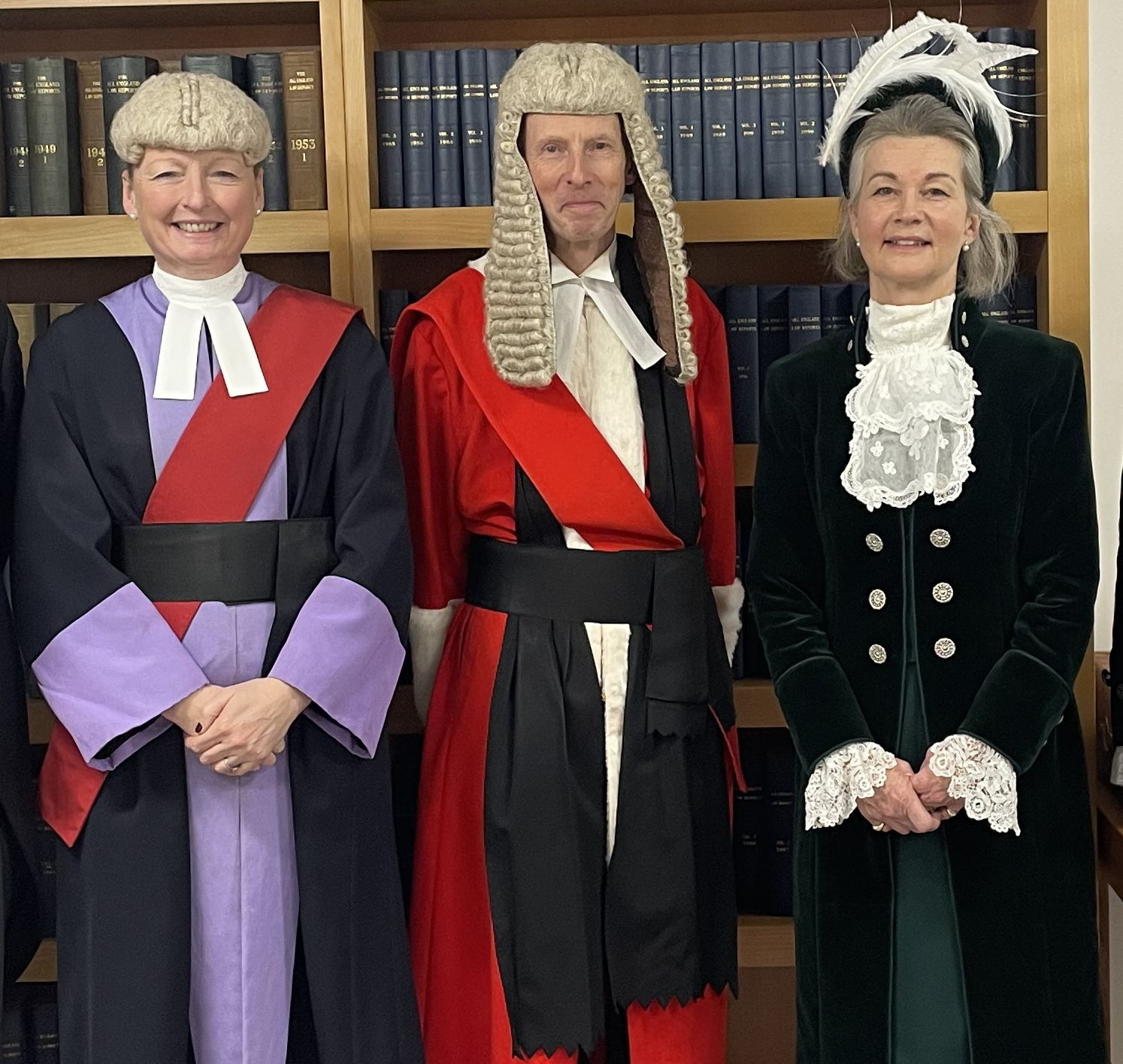
The Sheriffs’ powers were gradually restricted over succeeding centuries. Under Henry I their tax collection powers went to the Exchequer, which also took on the function of auditing the Sheriffs’ accounts.
One of King John's more imaginative Sheriffs raised additional monies for the Crown by kidnapping the mistresses of the clergy, returning them to their lovers only after high ransoms had been paid. The King apparently found this highly amusing and rewarded him with a gift of £1,000.
High Sheriffs' accounts were from medieval times recorded on wooden tallies which were stored in the Houses of Parliament. Exchequer tally sticks were split in two on issue of a debt; when confirmation of payment was made, the parts were married up again. In 1826 the decision was taken to move on from this obsolete accounting system. In 1834, the Exchequer was faced with the problem of disposing of two cart-loads of remnant wooden tally sticks. When asked to burn them, the Clerk of Works thought that the two underfloor stoves in the basement of the House of Lords would be a safe and proper place to do so. On 16 October, a couple of workmen arrived in the morning to carry out his instructions. During the afternoon, a party of visitors to the House of Lords, conducted by the deputy housekeeper Mrs Wright, became puzzled by the heat of the floor, and by the smoke seeping through it. But the workmen insisted on finishing their job. The furnaces were put out by 5pm, and Mrs Wright, no longer worried, locked up the premises. At 6pm, Mrs Wright heard the terrified wife of a doorkeeper screaming that the House of Lords was on fire. In no time, the flames had spread to the rest of the Palace. It was a great sight for the crowds on the streets (who were kept back by soldiers) and a great opportunity for artists such as J.M.W. Turner who painted several canvases depicting it. Both Houses of Parliament were destroyed along with most of the other buildings on the site. Westminster Hall was saved largely due to heroic fire fighting efforts, and a change in the direction of the wind during the night. The only other parts of the Palace to survive were the Jewel Tower, the Undercroft Chapel, the Cloisters and Chapter House of St Stephen's and Westminster Hall.
Henry II introduced the system of Itinerant Justices from which evolved the Assizes and the present day system of High Court Judges going out on Circuit. The Sheriff remained responsible for issuing Writs, for having ready the Court, prisoners and juries, and then executing the sentences once they were pronounced. It was also the Sheriff’s responsibility to ensure the safety and comfort of the Judges. This is the origin of the High Sheriff’s modern day duty of care for the well-being of High Court judges.
Henry VIII appointed Lord Lieutenants to undertake military matters in the shires but it was not until 1908 that Edward VII gave Lord Lieutenants precedence over High Sheriffs (who take second place unless deferring to Lord Mayors, Mayors and local authority Chairmen on civic occasions in their districts).
Through Acts of Parliament in 1856 and 1865, all powers concerning prisons and policing passed from the Sheriff to the Prison Commissioners and the Constabulary. Under an Act of 1883, the care of Crown property was transferred to the Crown Commissioners.
The Sheriffs Act of 1887 consolidated the law relating to the Office of High Sheriff and the Act remains in force to this day, though it has been amended a number of times. It repeated that the Office should be held for one year only; that a Sheriff who was a Magistrate should not sit as such during the year of Office; and confirmed the historic process of nomination and selection by the Sovereign.
The role still involves looking after the Sovereign's Judges, supporting those offices and agencies that uphold law and order (including, where directed by a Judge, the making of awards to members of the public who have assisted in the apprehension of a person charged with an offence) and, more generally, uniting all subjects in loyalty to the Monarchy.
Broadly speaking, High Sheriffs are appointed for the local administrative area created in 1974 and Under Sheriffs still operate on the pre-1974 county boundaries, though there are some regional variations.
It has been said that the story of the office of High Sheriff is the story of England itself. The post has developed over its 1,000 years or more of continuous existence, with the duties of High Sheriff being adapted and moulded to today's needs. Upholding law and order and loyalty to the Crown stay paramount, but the importance of recognising and rewarding the community spirit amongst the population now assumes ever greater importance. The last decades have witnessed many difficult social and environmental changes but today's High Sheriff still fulfils the ancient role of supporting the shire, upholding its peace and encouraging its communities to act in the furtherance of the good of all.
Copyright 2023 © High Sheriff of Northamptonshire.